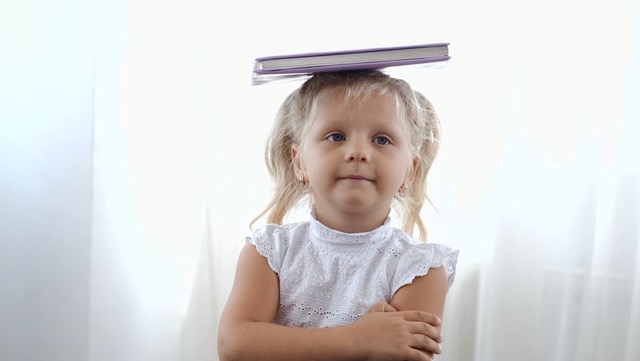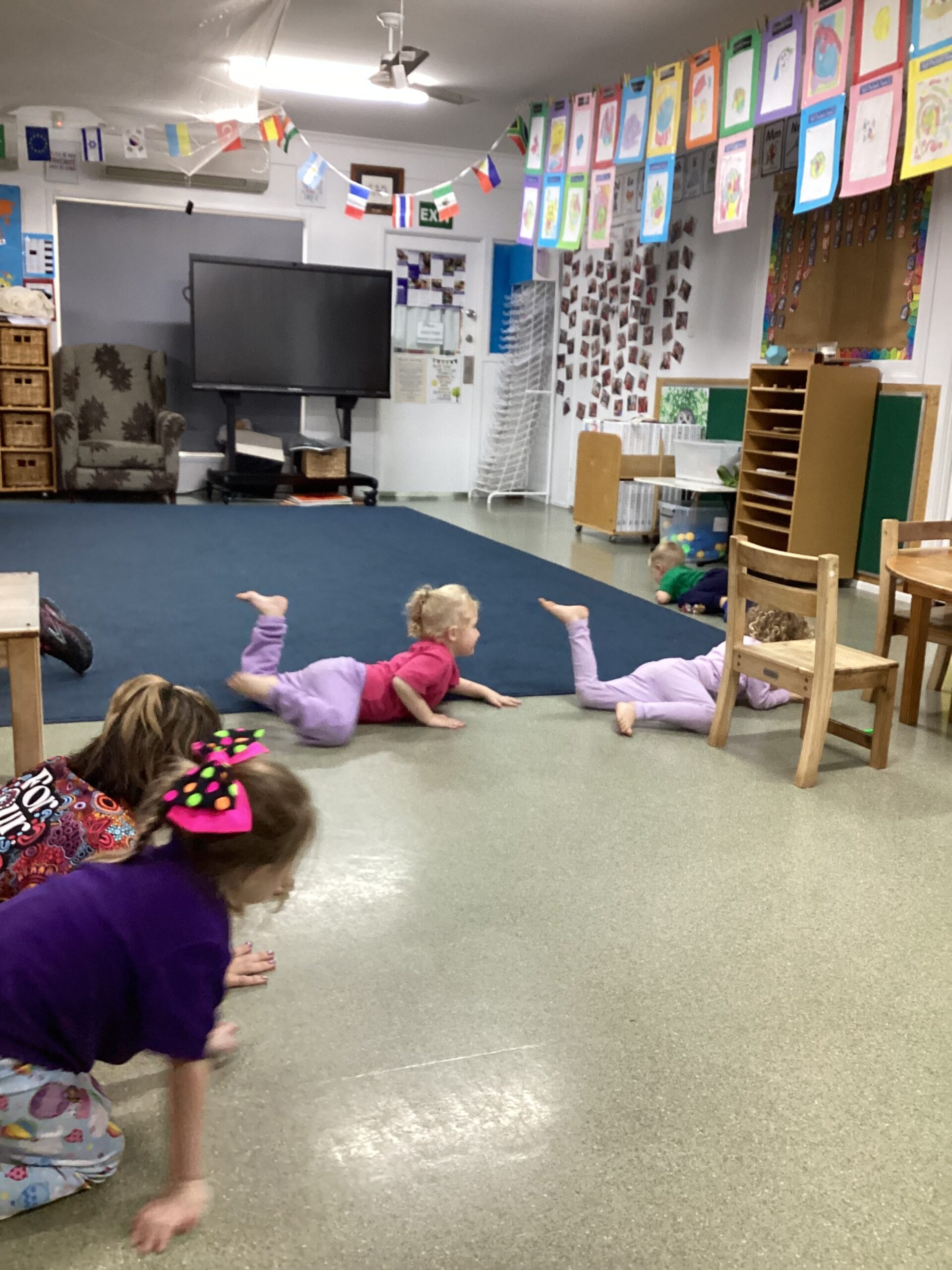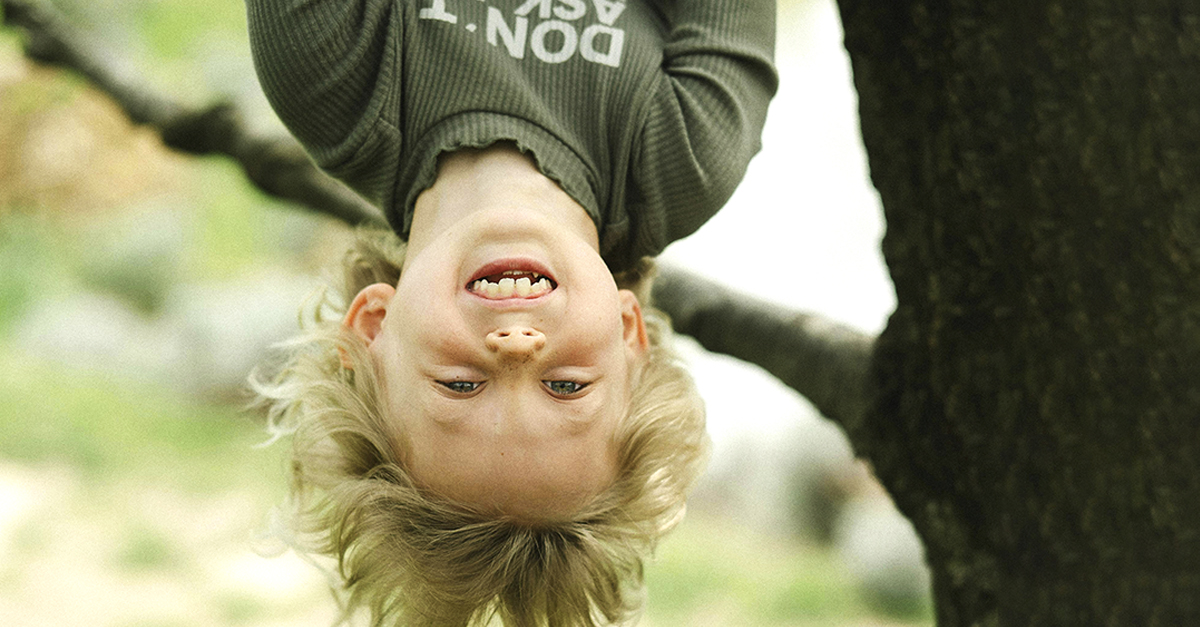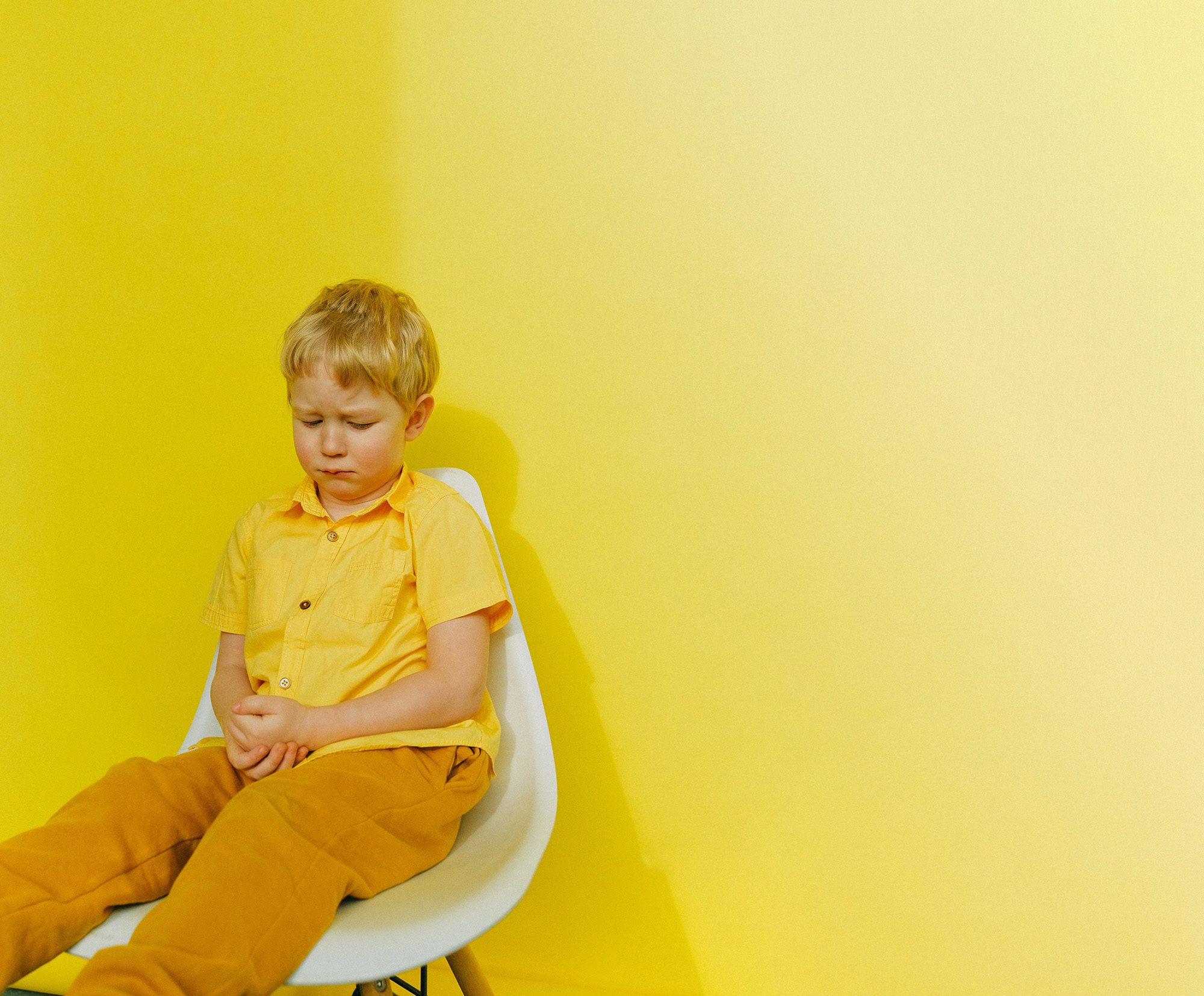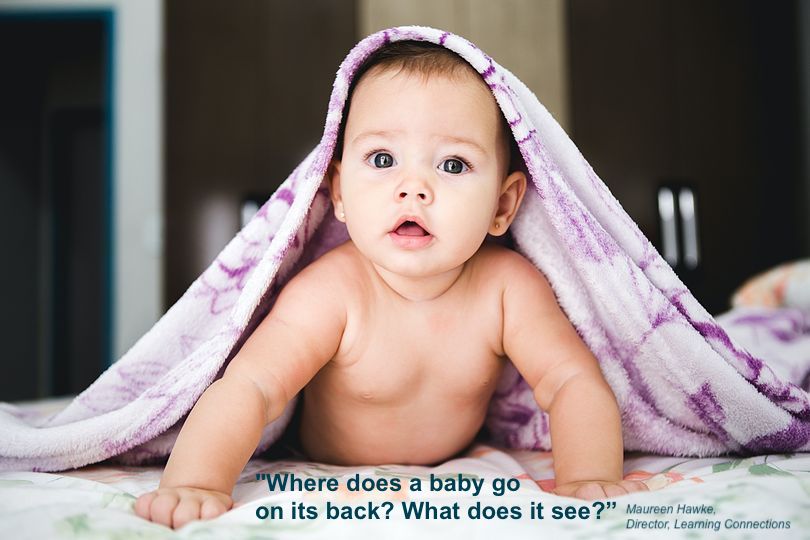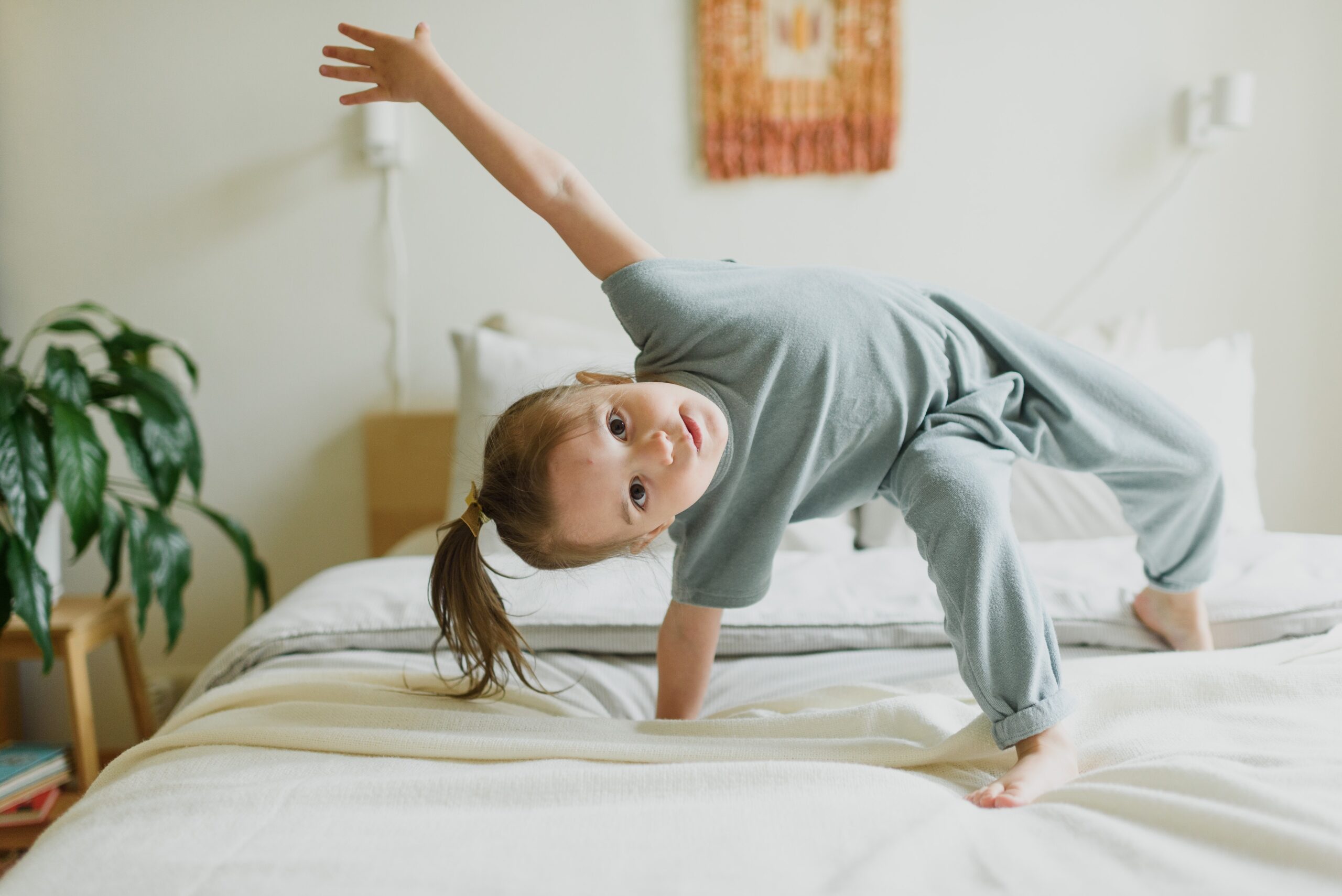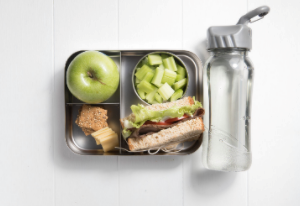All our physical actions take place in relation to the space that we occupy. Spatial awareness is the knowledge of how much space the body occupies and needs, and how to orientate oneself in that space. We need this awareness to relate comfortably to other objects and to other people, and to be able to relate objects to objects, and people to people.
Babies are born with little spatial awareness. Prior to birth, they are tucked up in a fluid-filled sac that limits their spatial experience to a confined area. Although, as most mums will confirm, babies do learn that they can move quite vigorously in and around that very limited space! Once born, the space that surrounds a baby changes considerably. Rather than a fluid-filled enclosure, an infant is now exposed to a limitless, airy environment. As a result, it takes babies some time to understand how their bodies fit into the space around them, and how to move their bodies through it. They learn spatial awareness through touch and movement opportunities and experiences.
Spatial awareness grows as the baby becomes aware through touch of the position of his or her mother – first by feeling, and then by vision. As infants move, they learn that they have parts that they can move, and through experience, how far or fast they need to move to get that toy!
Through rolling, crawling, creeping, cruising around furniture, walking, stepping backwards, forwards and sideways, swinging through space on a swing or swinging by the hands from a bar, tumbling, balancing, hopping and skipping, children learn about direction, distance and how much they need to prepare their muscles to move within a designated area. It is amazing how fast they learn! Often they only need to do the movement incorrectly once to learn the ‘best way’ to achieve it next time. Once the brain has ‘locked in a successful pattern’ it no longer has to ‘think about it’ and the movement becomes part of a complex array of movement patterns that become ‘automatic’. They very young child estimates depth, width and height of an object through touch and movement.
Body awareness is an essential prerequisite to space awareness, and so is input from the organs of balance in the inner ear – the vestibular system. The vestibular system operates like a gyroscope for the brain – it tells you exactly where you are in relationship to gravity (upright, sideways, lying down etc.), whether you are moving still, or how fast you are going and in what direction. This information is particularly helpful to the eyes, as without knowing where you are, or where you are going, visual information is meaningless. The vestibular information provides a physical reference that gives meaning to what we are seeing – how far away an object is, how you can move towards, or away from it and how long it will take you to get there.1
Spatial Orientation – Directionality
- Direct the children to point in front and back of themselves. Point to the top and bottom and sides of objects in the room
- Point to objects in the room, e.g. door, blackboard, cupboard
- Eyes open
- Eyes closed
- Point above, below, over, under, between objects in the room
- over your shoulder
- below the window
- above the pictures
- under the chair
- below the painting easel
- between the desks
- between the books
- Move designated body parts in specific directions
- put your finger up
- put your head down
- put your arms between your legs
- put both hands on the same side
- Move the body in relation to objects in the room
- stand in front of/behind the table
- stand with the windows behind you
- sit under the table
- stand in front of/behind the door
- stand between two chairs
- Set up an obstacle course
- something to crawl through, e.g. length of circular stretch material
- something to walk under, step over and into
- Reinforcement of left and right hands and feet
- tie coloured objects on preferred hand
- with eyes closed, raise left, right hand – stamp left, right foot
- Following directions
- walk sideways, backwards, forwards, march, on tip-toes
- hop on the left foot, right foot, forwards, backwards, jump, skip, run
- Pointing to different sides of the body
- point to the right (left) side of your head (foot)
- look to the left (right) side
- Point to the left (right) and follow your hand around turning in a complete circle to the left
- Walk (creep, hop) to the left (right, forward, backward)
Dr Jane Williams (General Manager for Research and Education of Toddler Kindy GymbaROO. This article is adapted from ‘Spatial Awareness’ written by Margaret Sasse, the Founder of GymbaROO.)


